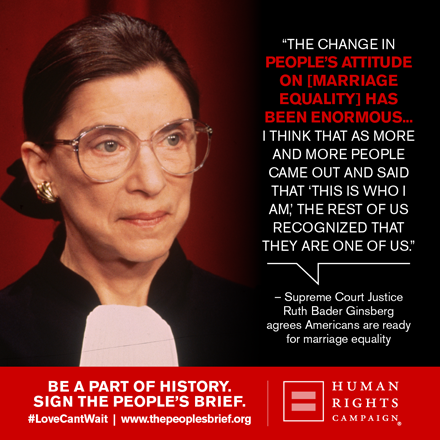In his response to Bruce Allen Murphy’s book about Justice Scalia, Steven Calabresi (with his co-author Justin Braga) offers some inside scoops (which I hadn’t seen) about the nominations of Justices O’Connor, Kennedy, and Souter, and the non-appointments of Starr, Posner, and Wilkinson. The details are, well, salacious.
As a member of the Reagan Administration for two years and as a close friend of leading Reagan Administration and George H. W. Bush Administration legal officials, I know a lot about how Justices O’Connor, Kennedy, and Souter got to be appointed to the U.S. Supreme Court.
First, Kenn Starr picked SOC. Calabresi calls Starr’s conservatism “squishy.”
Given the tiny number of women who attended law school in the 1950’s, it is very unlikely that any such conservative woman existed who had attended the nearly all male law schools of the 1950’s. Justice O’Connor was hand-picked by former Judge Ken Starr who served as Attorney General William French Smith’s Councilor and Chief of Staff in the early 1980’s. Starr was at the time a very moderate Republican with squishy views that were indistinguishable from those Justice O’Connor later displayed on the Supreme Court.
Calabresi blames Starr for this nomination.
In hand-picking Justice O’Connor for appointment to the U.S. Supreme Court, Ken Starr picked someone very much like himself: a mediocre, squishy, centrist with slight conservative leanings. Justice Scalia did not drive Justice O’Connor to the left. She was already there when President Reagan appointed her. The person to blame for the fiasco of the O’Connor appointment is not Justice Scalia but Ken Starr.
Calabresi also thinks Starr would have been a terrible nominee:
I think Starr would have joined O’Connor and Kennedy in refusing to overrule Roe v. Wade, and he would have been a constant thorn in William Rehnquist’s and Antonin Scalia’s side as he was when he was on the D.C. Circuit. He craved the approval of the Georgetown dinner party circle and of the elite law schools. He was also prone to make mistakes and furiously stubborn about not backing down from them in a way that has always reminded me of Justice Harry Blackmun who devoted his life to the defense of his mistake in Roe v. Wade. It was a serious error of judgment ever to have considered Ken Starr for appointment to the Supreme Court. His disastrous handling of his appointment as an independent council to investigate Bill Clinton proved to the nation all of his many flaws in judgment.
Second, we learn that Bill Bennett was key in stoning Doug Ginsburg’s nomination (come one, that pun was better than “going up in smoke.”)
After Judge Bork’s defeat, the Justice Department, led by conservative Attorney General Edwin Meese III, offered up a libertarian, former Harvard law professor Douglas Ginsburg as the second nominee. Ginsburg’s nomination went down in flames after it was discovered that he had attended a party at Harvard Law School in which students and faculty were openly smoking marijuana to which he did not object. Education Secretary Bill Bennett and his key aide William Kristol idiotically led a crusade to get Ginsburg to withdraw his nomination because he was soft on marijuana. That campaign succeeded paving the way for Justice Anthony M. Kennedy’s appointment. Ironically, Bennett and Kristol would have more likely agreed with Ginsburg than they have with Kennedy.
Third, the blame for Anthony Kennedy goes to “liberal Republican” Howard Baker and the “squishy” A.B. Culvahouse (who 20 years later helped vet Sarah Palin as VP):
The nomination of Anthony M. Kennedy after the Bork and Ginsburg fiascos fell to liberal Republican Howard Baker, who was the White House Chief of Staff trying to stave off Ronald Reagan’s threatened impeachment over Iran-Contra, and to his squishy White House Council, A. B. Culvahouse, because conservative Attorney General Edwin Meese had lost his control over the Supreme Court nomination process after the Bork and Ginsburg fiascos. General Meese’s candidate for the third nomination was J. Clifford Wallace, a mediocre candidate but a very devout Mormon who was an ardent conservative. The White House rejected Wallace out of hand preferring either Judge Bork’s conservative friend from his days at Yale, Ralph K. Winter, or Judge Anthony M. Kennedy. Winter’s candidacy was tubed because of the implacable opposition to him from Senator Joseph Biden, the Chairman of the Judiciary Committee, who quite wrongly thought Winter was just another Bork. Conservatives advising A.B. Culvahouse then rallied around Judge Kennedy who was seen as being more conservative than Judge Patrick Higginbotham who was another possible nominee. Kennedy was known to the White House to have had the strong support of Harvard Law Professor Laurence Tribe, a leading liberal, which made him confirmable in the heated politics following the Bork and Ginsburg fiascos.
Fourth, we learn that Calabresi interviewed David Souter for a possible 1st Circuit vacancy, and did not like him.
Justice David Souter was always a centrist in his jurisprudential leanings, as I learned first hand when I interviewed him for one hour on behalf of Attorney General Edwin Meese, when Souter was considered for appointment to the U.S. Court of Appeals for the First Circuit. I was asked to interview Souter under highly unusual circumstances. The most liberal judge on the First Circuit had told liberal Republican Senator Warren Rudman that he would be willing to take senior status thus creating a vacancy if he could be assured that New Hampshire Supreme Court Justice David Souter would be appointed to fill his seat. My job in interviewing Souter was not to assess him as a Supreme Court nominee but to figure out if he was significantly more conservative than the left wing judge who was offering to take senior status.
I came away from my interview with Souter with the view that he was a centrist justice in the mold of former Justices Potter Stewart, Byron White, Lewis Powell, and John Paul Stevens. I specifically came away from the interview with the belief that Souter would not vote to overrule Roe v. Wade but would follow it for stare decisis reasons. I recommended appointing Souter to the First Circuit since he was significantly more conservative than was the Warren Court liberal who was offering to resign.
Calabresi was “horrified” when he learned Souter was placed on the short list, and criticizes William Bradford Renyolds as “not especially bright”:
I was horrified why Attorney General Meese’s top advisor on Supreme Court appointments, William Bradford Reynolds, put Souter on a list of fifteen possible Reagan Supreme Court nominees, which seemed to me at the time to be utter folly. Reynolds did this for the same reason he evinced some warmth for Anthony M. Kennedy. He wrongly thought that Souter, unlike Kennedy, shared Reynold’s ardent opposition to affirmative action. My reading of Brad Reynolds on judicial appointments was the he was a single issue voter whose issue was opposition to affirmative action and who did not really care about the abortion issue or religious liberty. In any event, Reynolds proved to have been spectacularly wrong on Souter and affirmative action, which did not surprise me since I thought Reynolds was not especially bright nor was he a good reader of other people.
Calabresi recounts the familiar facts of how Souter was selected:
The next Supreme Court vacancy after the one filled by Justice Kennedy occurred during the administration of George H.W. Bush. Bush’s White House Chief of Staff, John Sununu; White Council, Boyden Gray; Bush’s Attorney General, Dick Thornburg; Bush’s Solicitor General, Ken Starr; and Bush’s future Attorney General William Barr all came together to get Bush to make the fateful mistake of nominating David Souter to the Supreme Court.
He faults Boyden Grays for wanting to appoint another Potter Stewart to the Court:
Prior to Bush’s 1988 presidential campaign, Boyden Grey, who was Bush’s chief legal advisor gave a speech to the Washington, D.C. lawyers’ chapter of the Federalist Society in which he said that if elected President Bush would strive to appoint Supreme Court justices like Potter Stewart. This speech greatly upset judicial conservatives and libertarians at the time since Potter Stewart had concurred in Roe v. Wade and was a centrist member of the Burger Court who was well to the left of Justice Scalia and Chief Justice Rehnquist. Once in office, as White House Council, Boyden Gray became enamored of moderate Republican Ken Starr as a Supreme Court nominee, who as we explained above had a bad voting record as a judge on the D.C. Circuit.
And revealed inside dirt about Ken Starr not voting to overturn Roe:
Gray decided Starr should be Bush’s first choice for the Supreme Court and ensconced him in the office of Solicitor General – a post that can lead to a Supreme Court appointment. Congressional Democrats conveyed their strong approval of Starr to the Bush Administration, and I heard at least one report, claiming that Starr had assured liberal Yale Law Professor Burke Marshall that he would never vote to overrule Roe v. Wade. (I had and still have a back channel to goings on at Yale Law School since my Uncle was the Dean there).
AG Thornburg told Gray that Starr was too liberal! So they turned to Souter.
Unbeknownst to Boyden Gray, Starr’s liberalism, stubbornness, and huge ego as Solicitor General was quietly infuriating Attorney General Thornburg and future Attorney General William Barr. When Justice Brennan unexpectedly retired creating a critically important vacancy on the Supreme Court, Boyden Grey met with Attorney General Thornburg to discuss filling the vacancy with Grey’s top choice, Ken Starr. To Grey’s astonishment, Attorney General Thornburg told Grey that Ken Starr was too liberal to be suitable for appointment to the Supreme Court, and that he Thornburg would resign in protest if Starr was nominated. The Bush Administration was already in hot water with Reaganite Republicans because Bush had fired 90% of the Reagan political appointees in the executive branch to replace them with moderate or liberal Republicans. A Thornburg resignation over an allegedly liberal Supreme Court pick was too costly to contemplate. A Ken Starr appointment to the Supreme Court was now out of the question.
And the process to replace Brennan was rushed:
Unfortunately, neither Boyden Grey nor Attorney General Thornburgh had given any thought to who else they might appoint to the Supreme Court other than Ken Starr, and they never conducted an exhaustive review of fifteen candidates as the Meese Justice Department had done. They were also determined to come up with a nominee very quickly. Bush’s very powerful White House Chief of Staff John Sununu and liberal Republican Senator Warren Rudman pushed hard for the appointment of Judge David Souter who was by then on the First Circuit. Souter derived added legitimacy from William Bradford Reynolds having placed him on Ronald Reagan’s list of fifteen possible Supreme Court nominees. Souter quickly emerged as Boyden Grey’s second choice, which is not altogether surprising because Gray had described Potter Stewart as being the ideal justice he was looking for and was hoping to appoint and Souter is only slightly to the left of Potter Stewart.
Calabresi recounts this story of Souter’s swearing-in:
I went to Souter’s swearing in at the White House and waited in line to shake his hand. When I got to do so I reintroduced myself to him, and he immediately recalled his interview with me at the Justice Department. The smile vanished from his face, and he dryly said he was happy I had survived into the Bush Administration to witness the moment of his swearing in. He was openly unfriendly.
And, for good measure, Calabresi has this to say about Posner:
Up until now I have purported to take Posner’s argument with Scalia on its own terms, but I do not feel I can in all honesty leave matters there. The relationship between Posner and Scalia is affectionate on Scalia’s side but filled with envy, pettiness, and anger on Posner’s side, at least in my opinion. Posner is the author of more than forty books, countless law review articles, and countless judicial opinions. I think he feels that he was far more successful as a law professor and a founder of law and economics than Scalia was when he taught at the University of Chicago School of Law. I think Posner blames Scalia for steeling his seat on the Supreme Court, and he quite personally and pettily resents and is envious about Scalia’s very visible presence on the High Court as one of its leading members. When Judge Robert H. Bork was nominated to the Supreme Court in 1987, Judge Posner joined Senator Ted Kennedy in trying to squash Bork’s nomination by writing an article in the New Republic entitled “What am I? A Potted Plant?” The point of the article was to argue for more judicial law-making than Scalia, Bork, or Ed Meese thought proper. Posner’s attack on Heller is thus just the latest and pettiest manifestation of his envy, spite, and anger at losing out for the best legal job in the country to Justice Scalia.
Calabresi explains that NO ONE wanted to appoint Posner to the Court:
The reality is that in all the extensive work I have done both in government and out of government for President Ronald Reagan, President George H.W. Bush, and President George W. Bush I have never, ever once heard ANYONE say that they thought we should consider Richard Posner for appointment to the U.S. Supreme Court. When the Meese Justice Department compiled detailed files on its fifteen most promising candidates for appointment to the Supreme Court, Richard Posner’s name was not on the list. When George H.W. Bush and George W. Bush kicked around names of possible Supreme Court nominees, Richard Posner’s name was again never on the list. When Posner’s name did come up, which was rarely, it was so that we could laugh about his immoral and politically fatal proposal to reform adoption law by legalizing the selling of babies. Posner was not respected by any of the last three Republican Administrations. He was the butt of a joke. If Scalia had not been appointed to the Supreme Court in 1986, the seat would have gone instead to Robert Bork, or Doug Ginsburg, or Ralph Winter, or Anthony Kennedy, or Patrick Higginbotham, or J. Clifford Wallace, or Larry Silberman, or Jim Buckley, or Stephen Williams, but certainly not to Richard Posner. It was not Justice Scalia who kept Richard Posner off the Supreme Court. Justice Scalia has had nothing but nice things to say about Posner over the last 28 years. The thing that kept Posner off every single Supreme Court list I have ever seen is his baby selling proposal, his weird personality, and his supreme penchant for judicial lawmaking in the guise of law and economics rather than originalism. Posner has no-one to blame but himself for the fact he was not appointed to the Supreme Court.
And Judge Wilkinson:
Judge J. Harvie Wilkinson is yet another inferior federal court judge who is a Supreme Court wannabe and who is envious of Justice Scalia and angry to have been passed over, at least in my opinion. … Unlike Judge Posner, who has never ever been considered for appointment to the Supreme Court, Judge Wilkinson was seriously considered by the Administration of George W. Bush for appointment to the High Court. He was interviewed by the President and was passed over in favor of brighter, younger, and more originalist judges like John Roberts and Sam Alito. Once again, Justice Scalia, on whom Judge Wilkinson vents his wrath, has never said a negative word to me about Judge Wilkinson. Judge Wilkinson has only himself to blameforthefacthewasnotappointedtotheSupremeCourt. HiscampaignagainstJustice Scalia is nothing more than sour grapes and is unfair to Scalia who is not responsible for the fact that Judge Wilkinson talked himself out of a job when he was interviewed by President George W. Bush.
Wow.

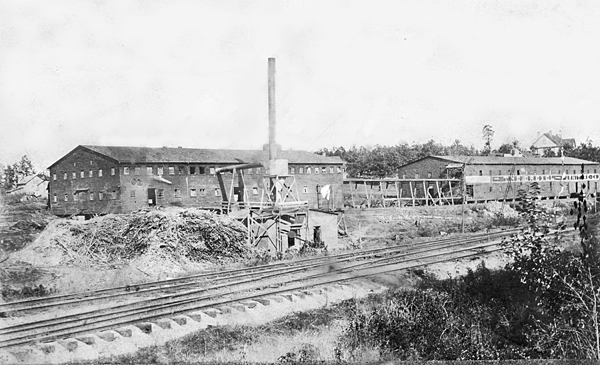
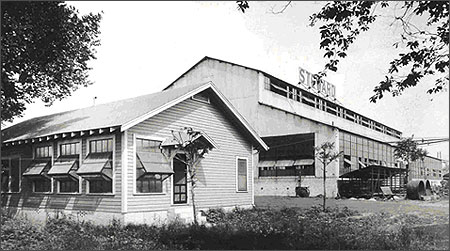

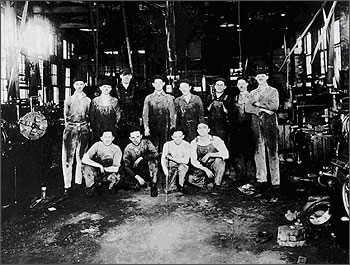

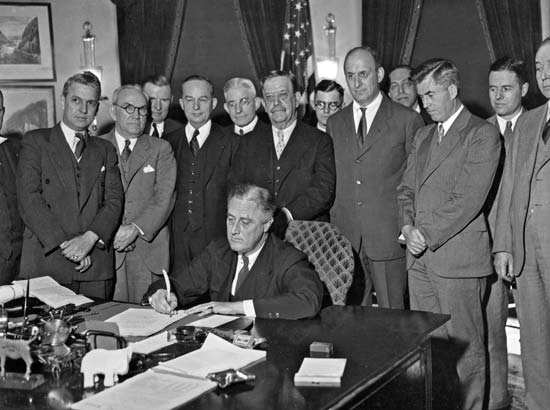
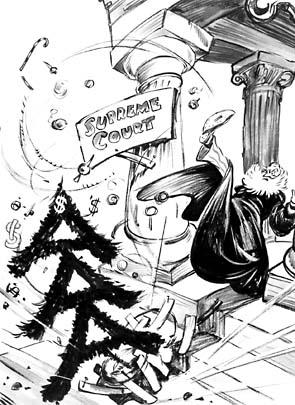

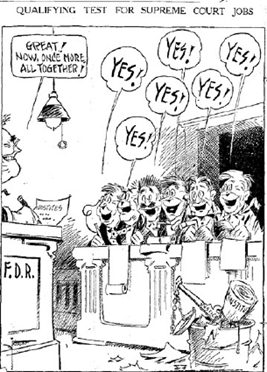
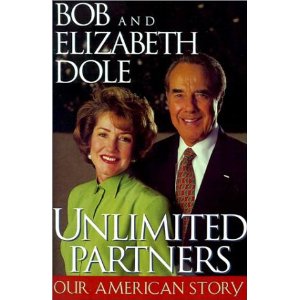
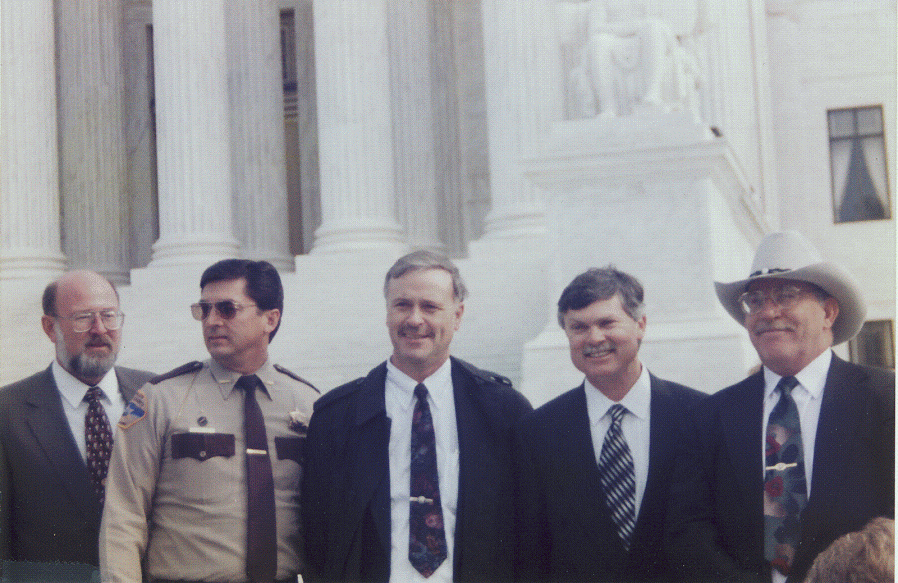

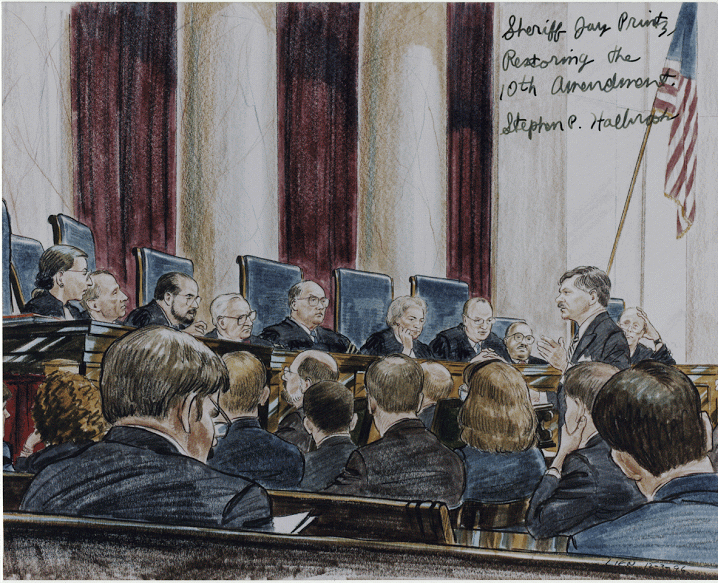
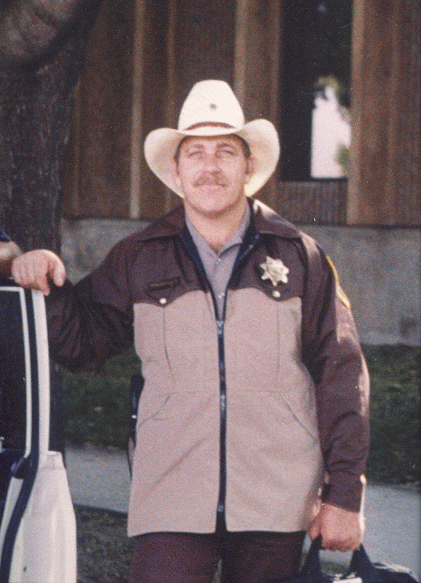

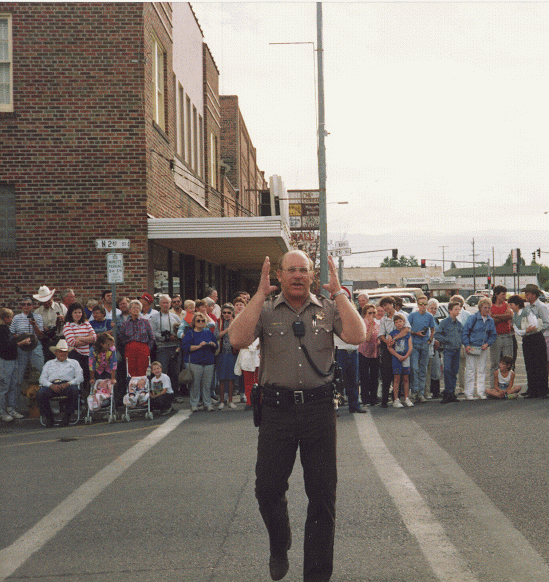
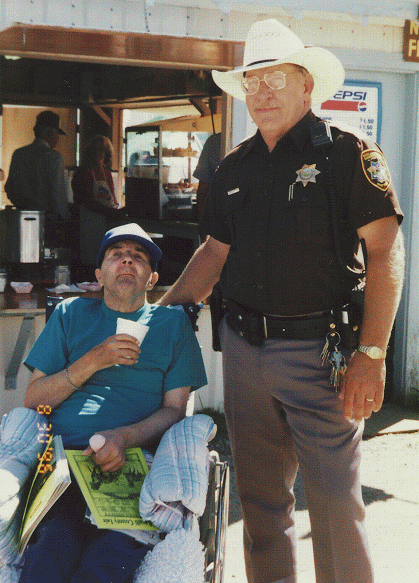

 Justice Ginsburg has taken to her nickname, the Notorious R.B.G. She has told the story that her law clerks had to explain to her what it meant. Although, I doubt they explained to her how Christopher George Wallace gained the monicker
Justice Ginsburg has taken to her nickname, the Notorious R.B.G. She has told the story that her law clerks had to explain to her what it meant. Although, I doubt they explained to her how Christopher George Wallace gained the monicker 